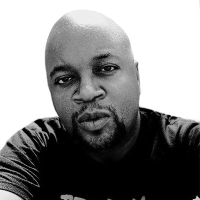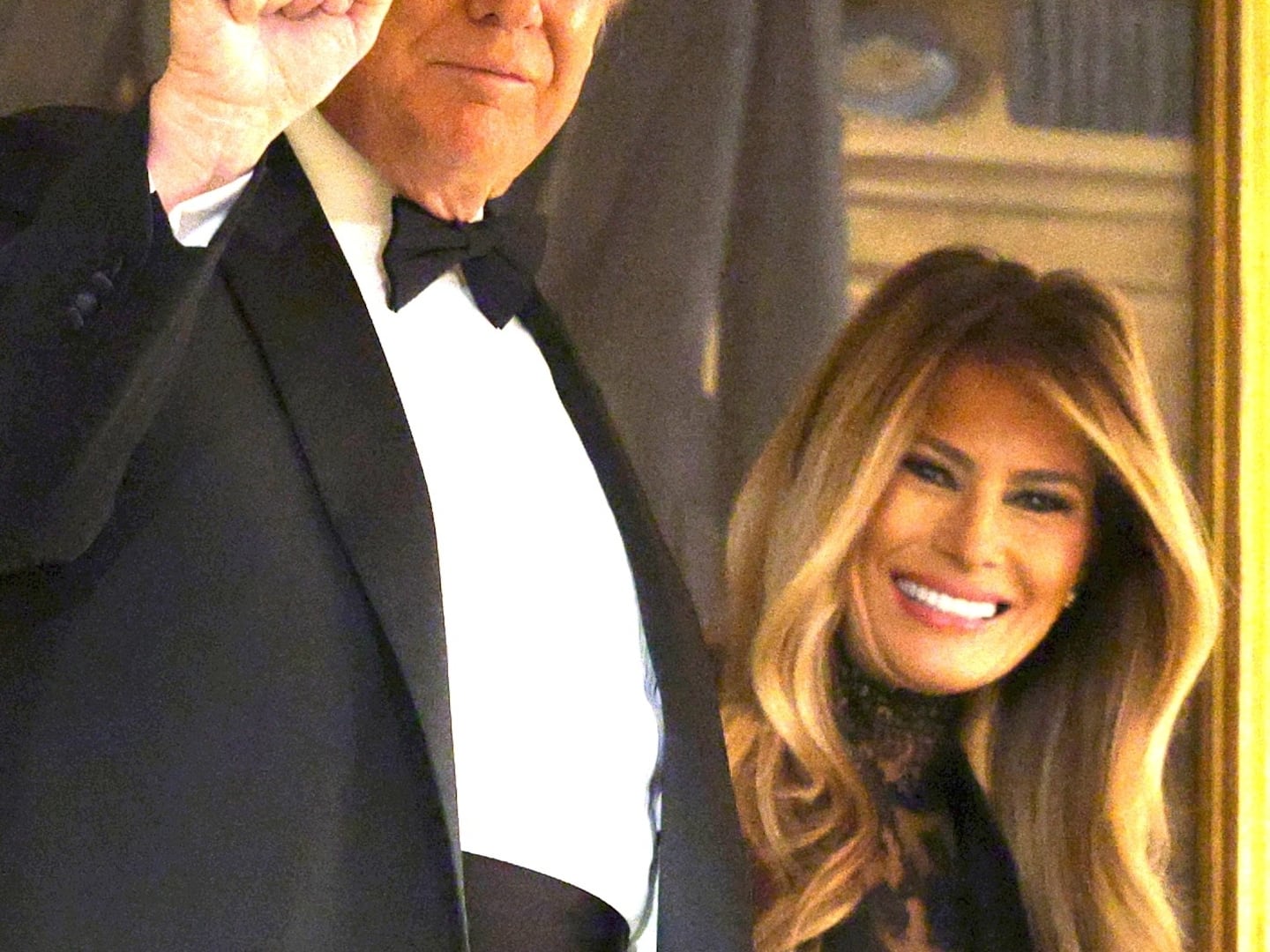In 1967, the Beatles were experiencing staggering highs and lows. They were riding a wave of commercial and critical acclaim following the release of Sgt. Pepper’s Lonely Hearts Club Band, and their hit single “All You Need Is Love” had become an anthem for that summer of flower power. But that August, they’d lost their longtime manager Brian Epstein, a severe blow to the group’s sense of unity—despite the fact that Epstein had become a somewhat more marginalized figure after the group decided to stop touring in the fall of 1966.
And John Lennon, who had been a catalyst for much of the band’s artistic growth since its inception, was suddenly less engaged. Lennon’s recreational drug use, spiraling marriage and newfound obsession with Japanese artist Yoko Ono made the Beatles less of a focus. His growing ambivalence and the death of Epstein meant that Paul McCartney was now more of a driving force in the Beatles, and that summer, McCartney had an idea for what the band should do to follow up Sgt. Pepper.
“Paul had a great piece of paper—just a blank piece of paper with a circle on it,” Ringo would later recall. “We filled it in as we went along.”
“It was basically a charabanc trip,” George Harrison said during the Beatles Anthology in 1995. “Which people used to go on from Liverpool to see the Blackpool Lights,” a popular electric light display presented in the autumn months. “They’d get loads of crates of beer and an accordion player and all get pissed, basically—pissed in the English sense, meaning drunk. And it was kind of like that. It was a very flimsy kind of thing.”
Magical Mystery Tour would be a psychedelic film written, directed by and starring the Beatles. The shoot was a disaster from the beginning: none of the scenes made sense, props would fall apart mid-scene and no one seemed to have a clear idea of the film’s direction.
The nonsensical story focused on a group of strange individuals taking a “mystery tour” in England, with Richard Starkey (aka Ringo Starr) and his widowed auntie as the focal point. Mostly improvising, the film includes segments where John Lennon shovels spaghetti, McCartney skipping around France alone, George Harrison as a wizard, and appearances by the bands Traffic and the Bonzo Dog Doo-Dah Band. McCartney had wanted Jimi Hendrix to appear in the film, but he was booked to play the Monterey Pop Festival in the U.S. (Incidentally, it was Paul who’d suggested the promoters book Jimi). The film was released to television on December 26, 1967, and it would become one of the most reviled projects the Beatles were ever associated with.
“BEATLES PRODUCE FIRST FLOP WITH YULE FILM” read Daily Variety’s headline. “It looked awful and it was a disaster,” bemoaned longtime Beatles’ producer George Martin. “We don’t say it was a good film,” said McCartney, shortly after the premiere. “It was our first attempt. If we goofed, then we goofed. It was a challenge and it didn’t come off. We’ll know better next time.”
Despite the failure of Magical Mystery Tour as a film, the EP/album proved to be a creative and commercial success; the wide-ranging songs were an outlet for even weirder musical experiments than Pepper, and the inclusion of previously-released hit singles like “Strawberry Fields Forever” and “Penny Lane” on the American version made it a bit more listenable than its more lauded predecessor.
The carnival-barker title track is an obvious “sequel” to “Sgt. Pepper’s Lonely Hearts Club Band,” but it’s not as musically rich. Both songs attempt to announce the project as a whole, but “…Tour” feels like a production exercise surrounding a flimsier song. “The Fool on the Hill” is driven by flutes and a recorder, and would become one of the more popular songs from Magical Mystery Tour. Also written by McCartney, “Fool” is another song that is hamstrung by kitschy production and tossed-off lyrics, but McCartney’s melodic skills are impossible to ignore. Even when applied in a song that sounds as maudlin as this.
The only Beatles (mostly) instrumental, “Flying,” sounds like Booker T. & the MGs if they were locked in a room with copious amounts of LSD. It has a slinky groove courtesy of McCartney and Ringo’s chugging bottom, and an odd, wordless chorus of “La-la-las,” the only vocals on the track. In the film, it was the soundtrack to aerial shots of Greenland that were filmed after the main production was completed.
Harrison’s only songwriting contribution to Magical Mystery Tour is the droning “Blue Jay Way.” Harrison’s disengagement from the Beatles was most evident throughout 1967; he was a guitarist growing more bored with guitar-driven music, and like Sgt. Pepper (where his lone writing credit is the Indian-driven “Within You, Without You”) his only writing on Tour is this psychedelic, mantra-like ode to…waiting. It’s a song that evokes the kind of dark psychedelia of Syd Barrett more than the whimsy of Summer of Love-era Beatles, and it provides one of the more genuinely interesting outside-the-box musical moments on …Tour.
Based on a line from A Taste of Honey, “Your Mother Should Know” is a lot more interesting—one of McCartney’s odes to music hall. But where other such songs would plant themselves firmly in the nostalgia of the 1930s, Paul gives this enough of a psychedelic twist to make it as druggy and weird as the rest of the sounds here. The sequence in the movie famously features the Beatles in white tuxedos descending a staircase in an old-timey ballroom number that recalls Fred Astaire films.
But the most famous of the original songs on Magical Mystery Tour is Lennon’s only song. “I Am the Walrus,” with its pastiche of sounds in the production and lyrics referencing Lewis Carroll, became a classic slice of British psychedelic pop, with Lennon’s abstract lyrics becoming subject to endless interpretation and dissection. The usage in the film famously features the Beatles decked out in strange animal outfits—with Lennon wearing a walrus mask. The song would prove to be a musical foundation for everything from The Flaming Lips to Tears For Fears’ hit “Sowing the Seeds of Love,” and it’s arguably John’s last slice of LSD-driven phantasmagoria before Lennon abandoned the style in 1968.
In America, Magical Mystery Tour was released as a full album, with hit singles “Hello Goodbye,” “Strawberry Fields Forever,” “Penny Lane” and “All You Need Is Love” added to the track listing. Also included was “Baby, You’re A Rich Man,” the B-side from the “All You Need Is Love” single. “Strawberry Fields…” and “Penny Lane” were famously released prior to Sgt. Pepper and subsequently left off of the album (as was the band’s practice at the time). McCartney’s “Hello Goodbye” was chosen as the standalone single for Magical Mystery Tour, frustrating Lennon, who’d hoped for “Walrus” to get the distinction.
“Hello Goodbye” may not have been the most ambitious Beatles song, but with their sound getting more and more audacious, they needed something that could appeal to the pop fans that had loved them since their beginning. And McCartney’s infectious little ditty about nothing was perfect for radio. The song would shoot to No. 1 both in the UK and the US in November 1967.
Of course, the band that year had already been defined by the success of Sgt. Pepper’s Lonely Hearts Club Band, and had rather paradoxically thrust themselves to the forefront of the counterculture, even as mainstream superstars. With Magical Mystery Tour, they showed fans that they weren’t infallible, but it firmly cemented them in the zeitgeist of the times. For better and worse, psychedelic-era Beatles music is an indelible part of the fabric of 1967. As such, it could arguably be their most dated work.
Within a few months of Magical Mystery Tour’s release, the band would embark to India for a retreat with the Maharishi Mahesh Yogi. By the time they returned to the studio in the spring of 1968, the whimsy of their more LSD-fueled period would mostly be left behind. The White Album would be less musically gaudy; it would also be much more musically fragmented, as the band came to resent McCartney’s controlling hand within the band.
The Beatles had started on their psychedelic journey back in 1966, with the “Paperback Writer/Rain” single and their acclaimed Revolver album. That album’s drugginess was driven by Lennon and Harrison’s experiments with acid—McCartney wouldn’t take LSD until the recording of Sgt. Pepper in early 67. It was Lennon’s fascination with LSD that led the Beatles into druggy territory, but it was McCartney who was the chief architect of their most famous psychedelic albums. His driving of Sgt. Pepper and Magical Mystery Tour meant that the music reflected McCartney’s sensibilities—his drug-fueled music tending to be more whimsical and light than Lennon’s more brooding songs. As it stands, Magical Mystery Tour is the end of the Beatles at their druggiest and most consistently experimental, a period that began about 18 months prior with “Rain.”
But for all its merits (and flaws), Magical Mystery Tour will always live in the shadow of the mythical Sgt. Pepper. That album is about as overrated as any released in the history of music; and it’s legend dwarfs the superior record that came before and the strong release that came after. Magical Mystery Tour sounds like a sequel, but not an inferior one. Without the faux-conceptualism of …Pepper, its songs are more freewheeling and somewhat less pretentious. The diminished presence of Lennon and Harrison make this is a Macca-centric affair, and that can be a plus or minus, depending on your taste. But it’s a fascinating snapshot of the Beatles at their weirdest. The drugs may have been wearing off but the songs were still there.
And it’s still fun to sing along to.






